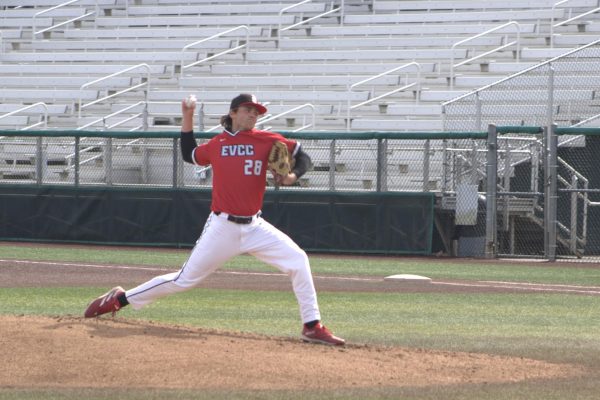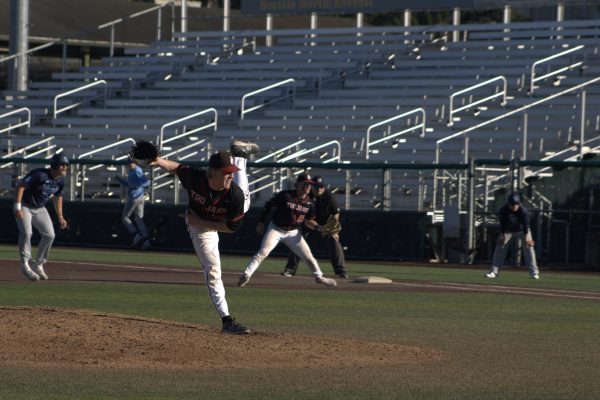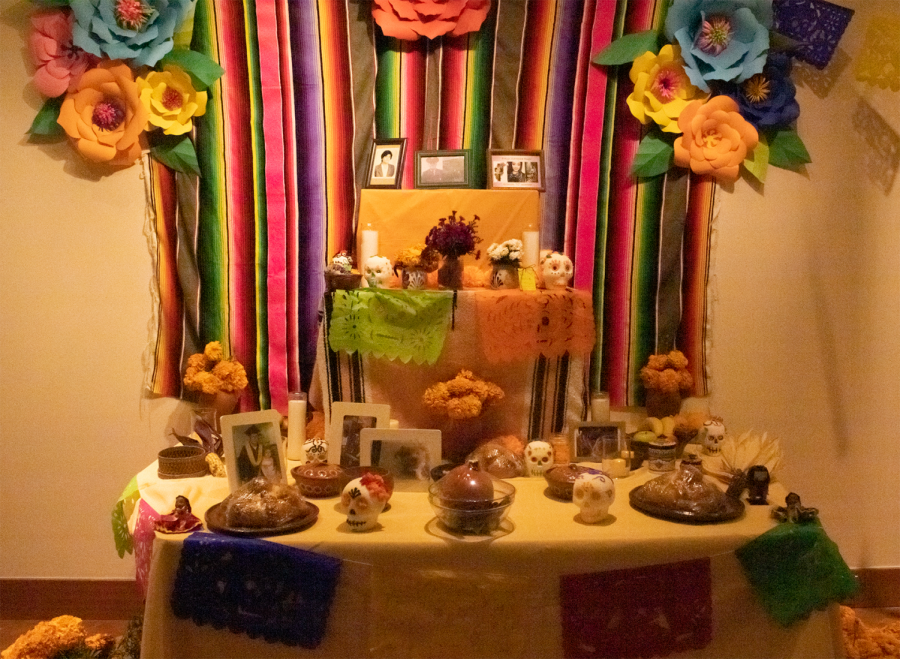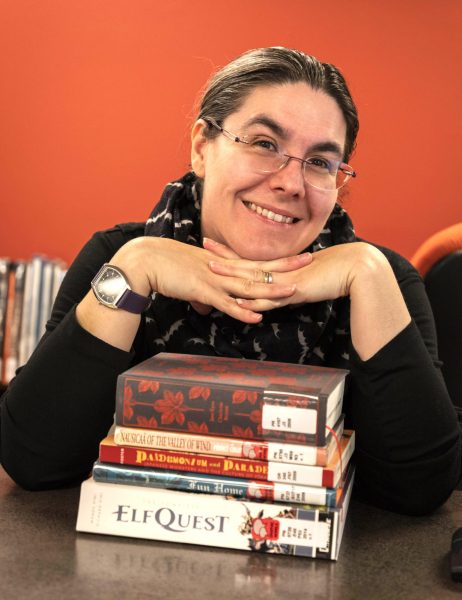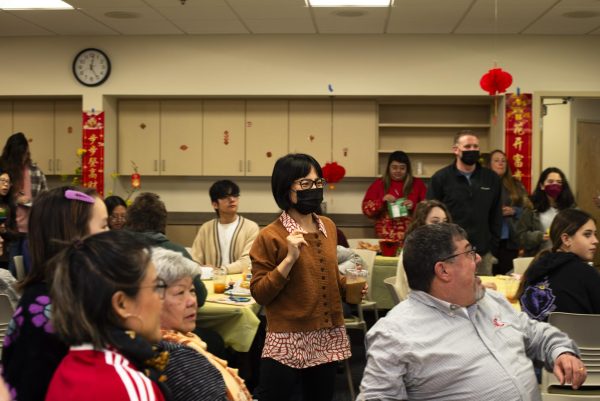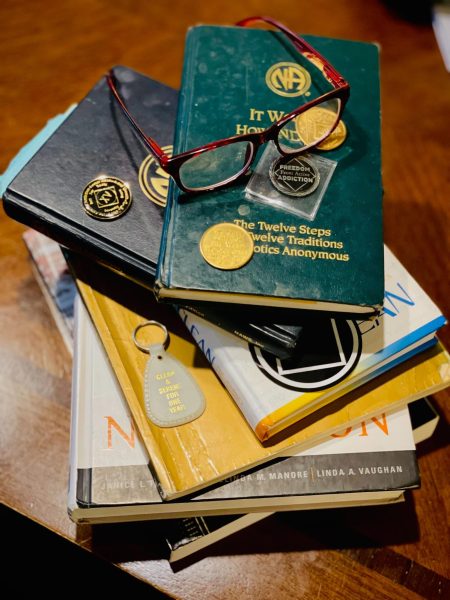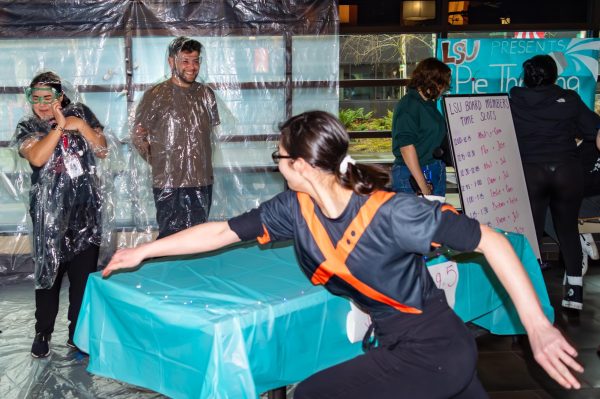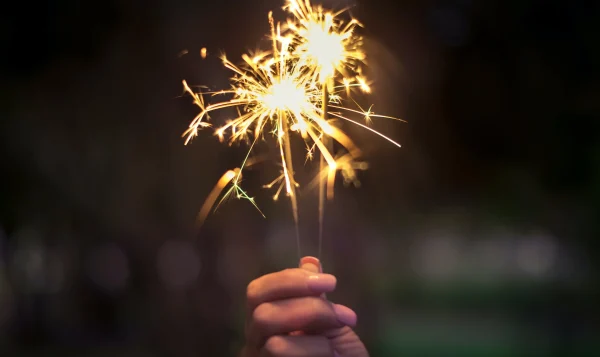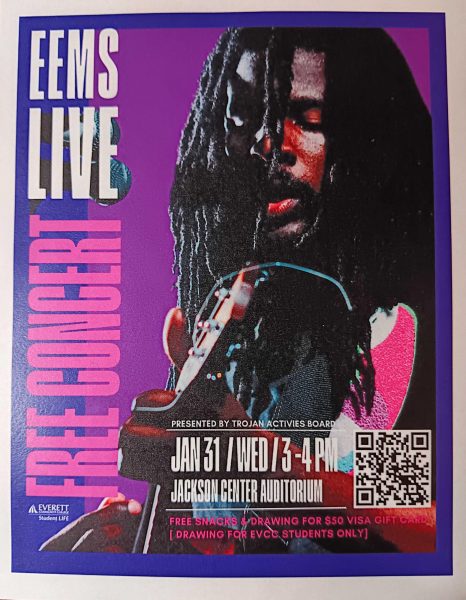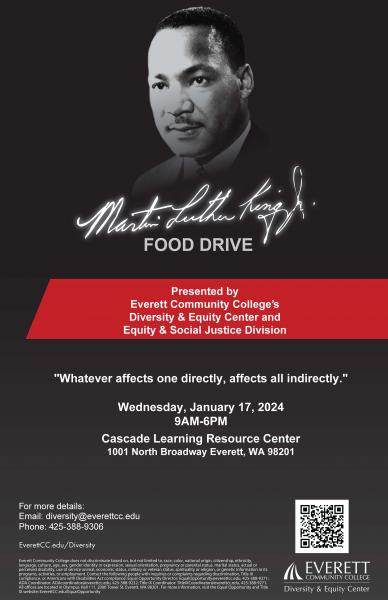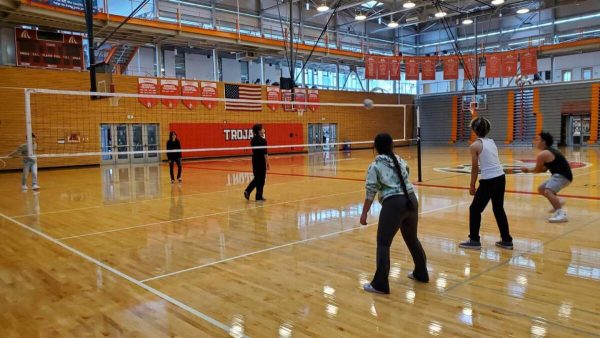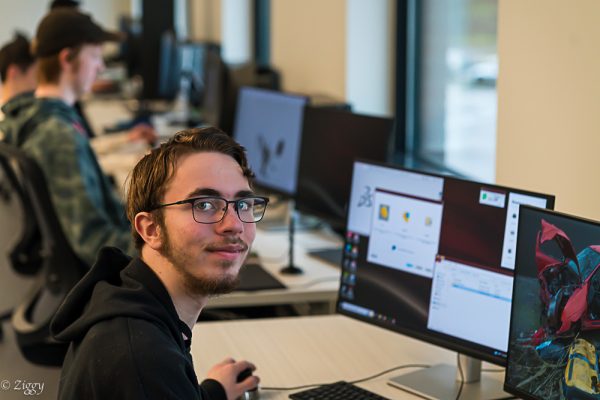EvCC Hosts Day of the Dead Event
The Event wraps up
Dia de los Muertos (Day of the Dead) celebration.
When a family member passes away, some believe that they go to a better place and cross over to a different side. In this belief they walk a long distance, cross a bridge to finally rest in peace. Every year during the Day of the Dead celebration, family members who passed are guided by a pathway made of marigolds to help them find their home with their flourishing family members. They are welcomed with a glass of water after their long travels, they spend time on the living side and collect their goodies before walking back to their forever home.
So, what is Day of the Dead? Or Día de los Muertos? It is a blend of Catholicism and ancient Mexican and Aztec cultural practices that lasts two days, every November 1st – 2nd, however the Ofrenda or altar is set on Halloween night. Some families like to start their celebration earlier and will set it up as early as a week earlier. The altar is set up with photos of deceased family members or friends, they are gathered and welcomed with their favorite meals, drinks, and candy. Ofrendas are full of color starting with papel picado or cut up paper, beautiful flowers starting with Cepazuchitl flor or Marigolds, incense, and freshly made meals. Just like the living, the dead eat three meals a day, new food is placed for each meal. Each day has a significance, day one being the remembrance of our deceased children and babies and the second day is for deceased adults. Beloved pets are not forgotten either, on October 27, a special altar is set up with the pet’s favorite treats, photos, and their favorite toy.
Each item that is placed on the altar holds a special meaning in the hearts of the family members. Starting with photos of loved ones, they are the most important item on the Ofrenda, it is what helps the dead to cross over to the side of the living. Bright orange and yellow marigolds are placed on the altar along with candles to help light and guide souls to the altar. Paths are made with flower petals to show the departed souls the way to the altar. Copal or tree resin, which is used as incense, is also placed on the altar. It is a symbolic transformation of the physical to the supernatural, to draw in spirits. However, it is also said to ward away evil spirits. Papel Picado, is a decorative art that is made by cutting elaborate designs into sheets of paper. It is placed to prepare the altar for visits from our beloved. It also said that the colorful paper intrigues our passed children. Sugar skulls are placed on the ofrenda to intrigue children but it is also a symbol to remember our passed ones. A skull represents death and rebirth, it symbolizes both sides, life and the afterlife. Each color on a sugar skull has a meaning starting with yellow representing the sun and unity. It is believed that under the sun, we are all the same. White represents spirit, hope, and purity. Red represents blood and life. Purple represents mourning, grief, and suffering, and pink signifies happiness. Pan de Muerto (Bread for the Dead), is a sweet bread that is combined with a warm cafecito. It is baked in shapes of skills and human figures, and is only made during this time of year. Traditional dishes or the dead’s favorite dishes are placed on the ofrenda. Some traditional dishes include chicken mole sprinkled with sesame seeds, tamales, caldo de pollo (chicken soup) and tortillas. Apart from dishes being served, the dead are also welcomed with their favorite drinks such as a cold glass of Coke, Jarritos (fruit flavored soda), and tequila is certainly not forgotten Some place aguardiente, which is a “white-lightning” liquor, it is a strong liquor that is popular in Mexico, and a cup of water to keep them hydrated. It is also said that water is a main support of life.
After each dish has been removed from the table, the living are welcomed to eat it, however it is believed that it will no longer have flavor because the dead have collected the essence of it.
El Dia de los Muertos started with the Aztecs, who would not just celebrate the two days but would dedicate a whole month to the dead. The tradition of setting up an ofrenda is dated back to the Pre-Hispanic era. The ofrendas are prepared a few days before the 1st and 2nd of November. It is believed that the Aztecs were the ones to originate Día de los Muertos. Their culture considered that souls would live continuously and would enter different realms when their bodies would die, that their souls were eternal.
On the Everett Community College campus, the Diversity and Equity Center hosted a Dia de los Muertos event that lasted from November 1st through the 2nd at the Russell Day Gallery. As soon as students walked into the gallery, they were welcomed with vibrant papel picado along with paper flowers. Students walked in and could see the altar that was set and prepared with a glass of water, Pan de Muerto, Marigolds, and Papel Picado. Students were then welcomed to put a photo of their loved one that has passed or write a message to them. Statues of alebrijes, which are imaginary creatures, have elements from different animals. These animals are spirit guides. Students continued on to be hosted with Pan Dulce and beverages. Activities were set such as making your own flor de papel (paper flower) while videos played in the background. These videos were about the history and true meaning behind Dia de los Muertos.
Thanks to Flor Reyes, who was the one to host this beautiful and meaningful event. However, it was done by a committee who was passionate and willing to share the history involving Dia de los Muertos. “The reason why I [hosted] this event is because it is an opportunity for us to gather as a community and celebrate our loved ones who have passed”, Reyes said. Reyes wanted our community to feel welcomed and know that intimacy between this celebration. Knowing the history between each celebration was said to be important. “A lot of this is done with the intentionality in the hope of bringing and understanding the history because the history is indigenous” stated Reyes. Reyes hopes to host this celebration again along with an even longer event in hopes of including more culture that takes part in Dia de los Muertos.
Everett Community College has built a foundation of diversity and equity by supporting and giving chances to Elsa Sanachez and Reyes to bring culture onto campus. Cafecito con Pan is a tradition that Hispanic and Latinx communities share. Eating a Pan Dulce with a warm cup of coffee as breakfast and oftentimes dinner. It is what holds the community together. Dia de los Muertos is a beautiful celebration that is cherished and held close to students’ hearts. Remembering passed loved ones by putting a photo of them along with their favorite meals.
For more information about upcoming cultural events, follow EvCC Diversity and Equity social media accounts or check the EvCC website for other diversity events along with Student Life.
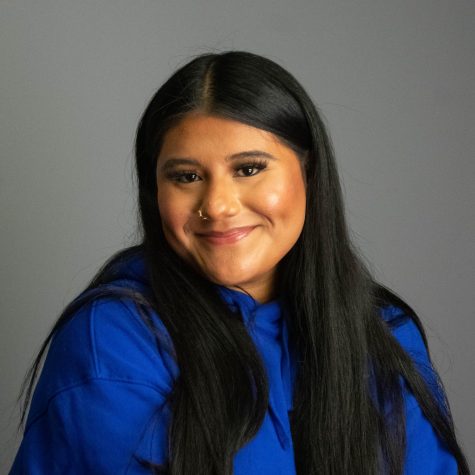
What is an issue or topic you are interested in?
A topic that I want to cover in The Clipper is culture, especially Hispanic culture. I want to be an...

